“We Had to Pave Our Own Way”: How the National Organization of Minority Architects Breaks the Barriers to Entry
At the beginning of August, as it’s done for the last three years, SCI-Arc hosted the finale of the Southern California National Organization of Minority Architects’ (NOMA) annual summer camp. More than 100 students from around Los Angeles presented their designs for a new urban development to their parents and peers, culminating in the first step of Project Pipeline, NOMA’s effort to ensure diversity among future architects.
In 1971, a group of architects founded NOMA as a support network to the small group of minorities practicing in the United States. According to key findings by the American Institute of Architects, as of 2015, these numbers remain disturbingly small: Only 3 percent of registered architects in the United States identified as Latino, only 2 percent identified as black, and the number of black female architects still hovers at a staggering .3 percent. Following the conclusion of the ninth year of Project Pipeline, SoCal chapter NOMA chapter vice president and practicing architect E. Rochelle discusses how the program cultivates and mentors aspiring architects from a young age, and the ways in which diversity in architecture is benefits us all.
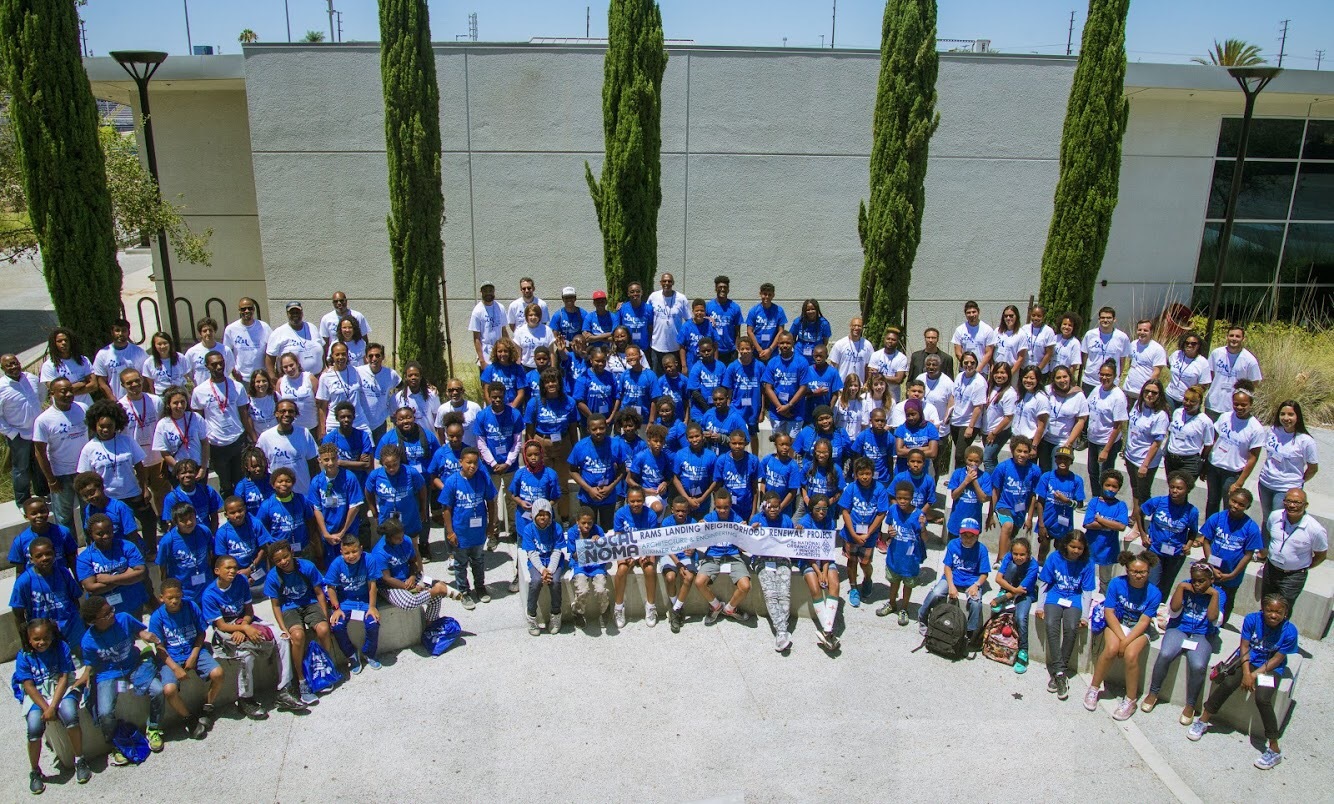
Could you describe what the students do during summer camp?
It was a great camp this year. Our project was in the city of Inglewood, where the 500 acres around the new L.A. Rams stadium are being developed. We used that as our campsite, and we gave each student — we had 100-plus kids — a specific building to design. They were zoned in categories, from residential, entertainment, and mixed use, and they used their imaginations. They started with diagrams and planning out the spaces within their buildings, and they moved to plans and elevation.
You would be surprised what these kids came up with. There were things like a zip line from the tip of the museum to the library and then from the library to the park. They went to the building department to get their permits, and their designs were assembled on a mass site model, which we presented on our certificate day at SCI-Arc.
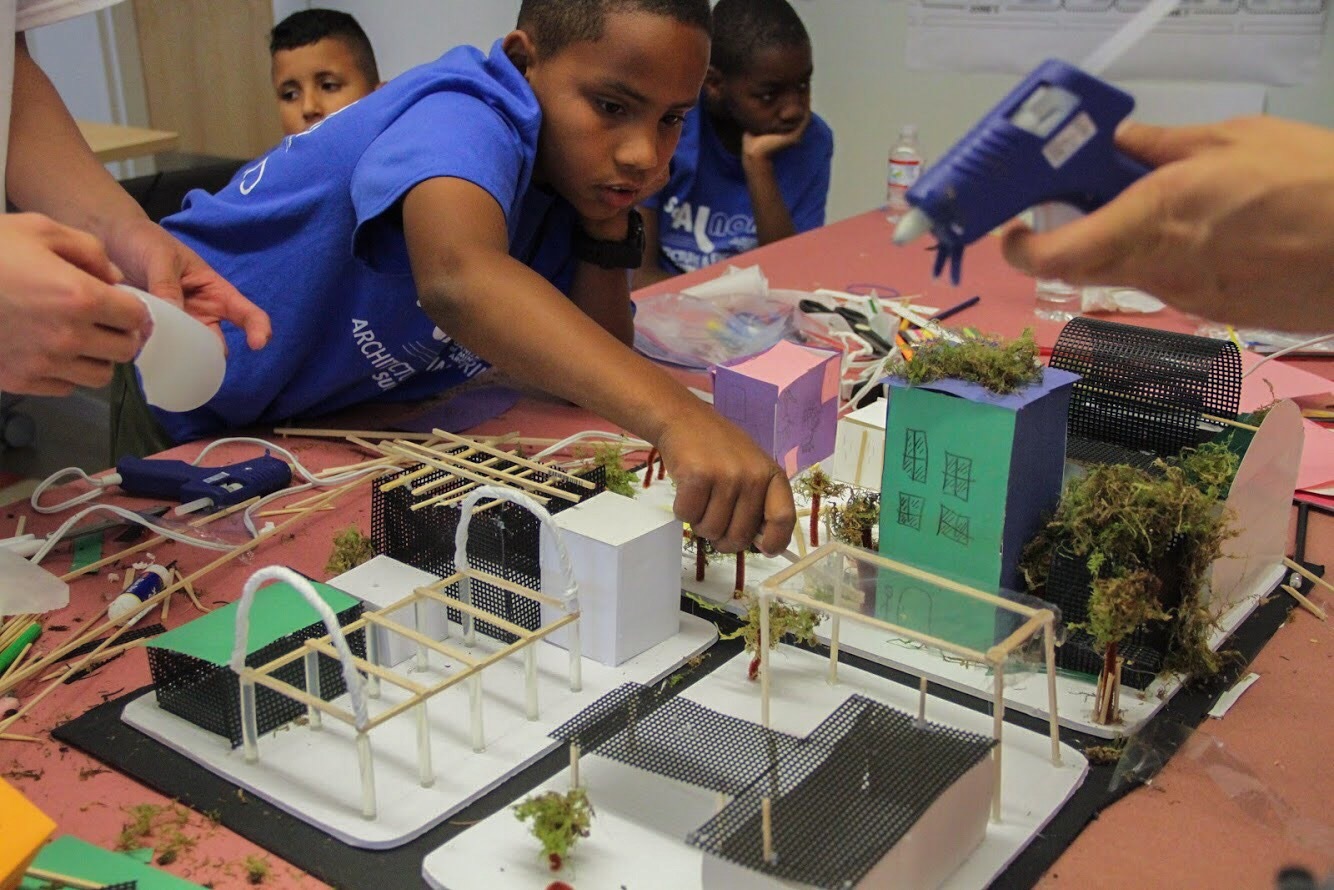
How did your relationship with SCI-Arc form?
When we realized that the camp was growing and we needed a grander space, we reached out to SCI-Arc three years ago and asked them if we might be able to host our presentations there. What we love about that as the culmination of the program is that the students are able to actually go to an architecture school and physically see what the students do. They go from one end of the school to the other, which we know is a quarter mile long. It represents the journey that an architecture student will take, and we love the analogy of allowing them to walk that quarter mile.
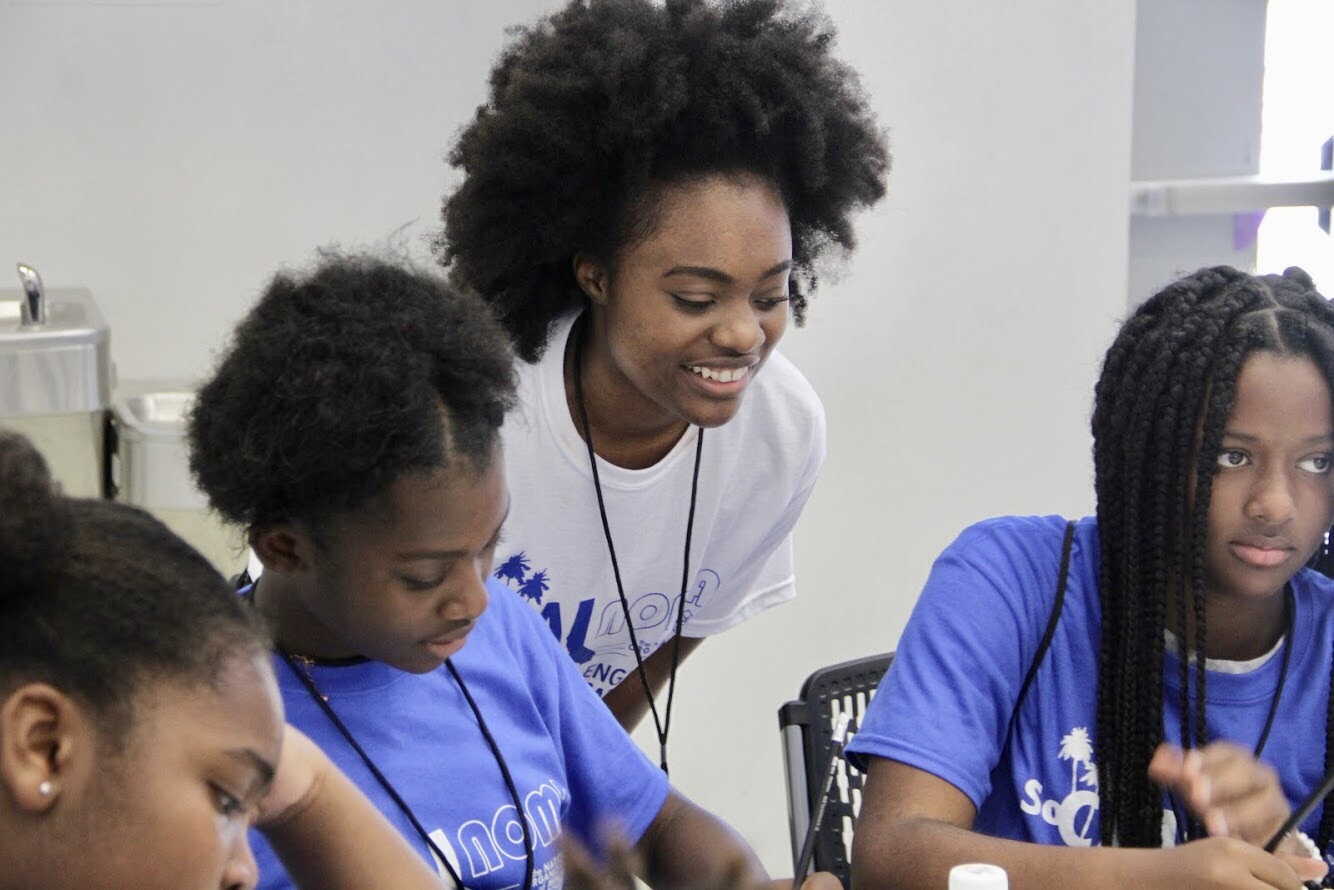
Who are the students who attend the summer camp, and what are your goals for them?
We decided as an organization that it was our job to make sure that we have minority students coming through the pipeline. What we’ve found historically is that minority students aren’t exposed to architecture and engineering, and by the time they are exposed to it, maybe in high school or college, it’s sometimes too late because they haven’t developed the foundational skills in math and science.
We want to make sure that they have an introduction to the profession and to think about it as a career. We have 14 camps throughout the nation, which focus on the middle school level from ages 10 to 16. We introduce them to our processes to give them an opportunity to meet and see an architect of color. It’s important to students when they want to be something that they see someone who looks like them actually doing it.
That’s the first tier. After that introduction, it’s high school student programs like SCI-Arc’s Design Immersion Days and other specific events on how to prepare for architecture school. The third level of the pipeline is our national student group on college campuses across the nation. It’s like a fraternity where we can mentor minority architecture students and make sure they have everything they need to matriculate through the college level of the journey. And then they can become a member of NOMA once they graduate.
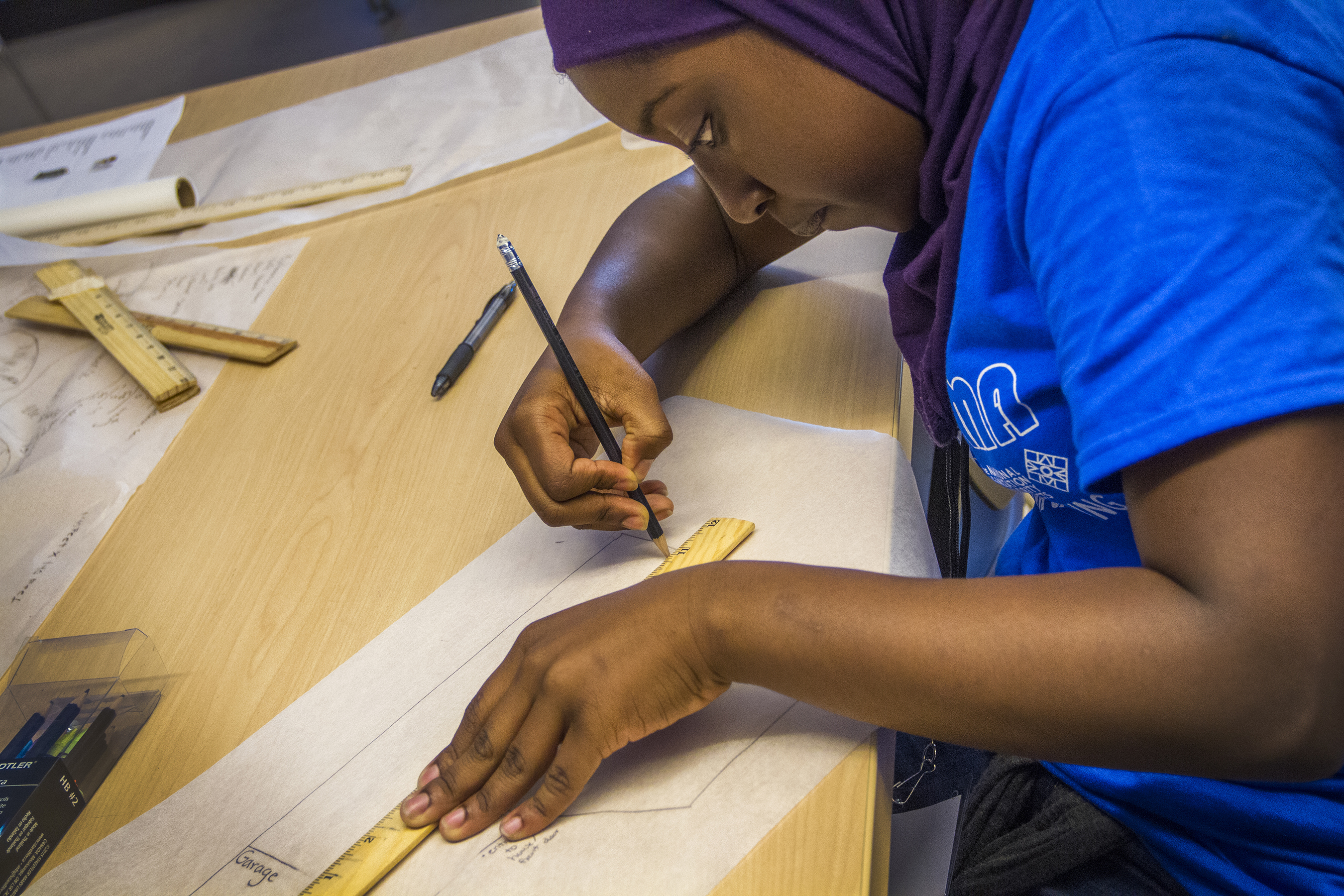
The lack of diversity in architecture is striking, even in comparison to other high-level professions. What are some of the factors contributing to this problem? What are the barriers to entry?
Becoming an architect is a long process. Even after five or six years of school, we still have this apprenticeship period while other professions, like doctors and lawyers, are starting to see their monetary benefits. I always say that we in architecture, we do it for the love of design.
I think because of our national demographics and the racial discriminatory issues in our culture, architecture is just a mirror image of what’s going on in the nation. For us as African-Americans we had to pave our own way, which is how NOMA was formed in 1971. We needed to form an organization to be a voice to plow through discrimination, to show the world that architects of color could actually design as well as anyone else. And to be honest, this is also a male dominated profession, and so not only do we have to infiltrate it as minorities, but as women.
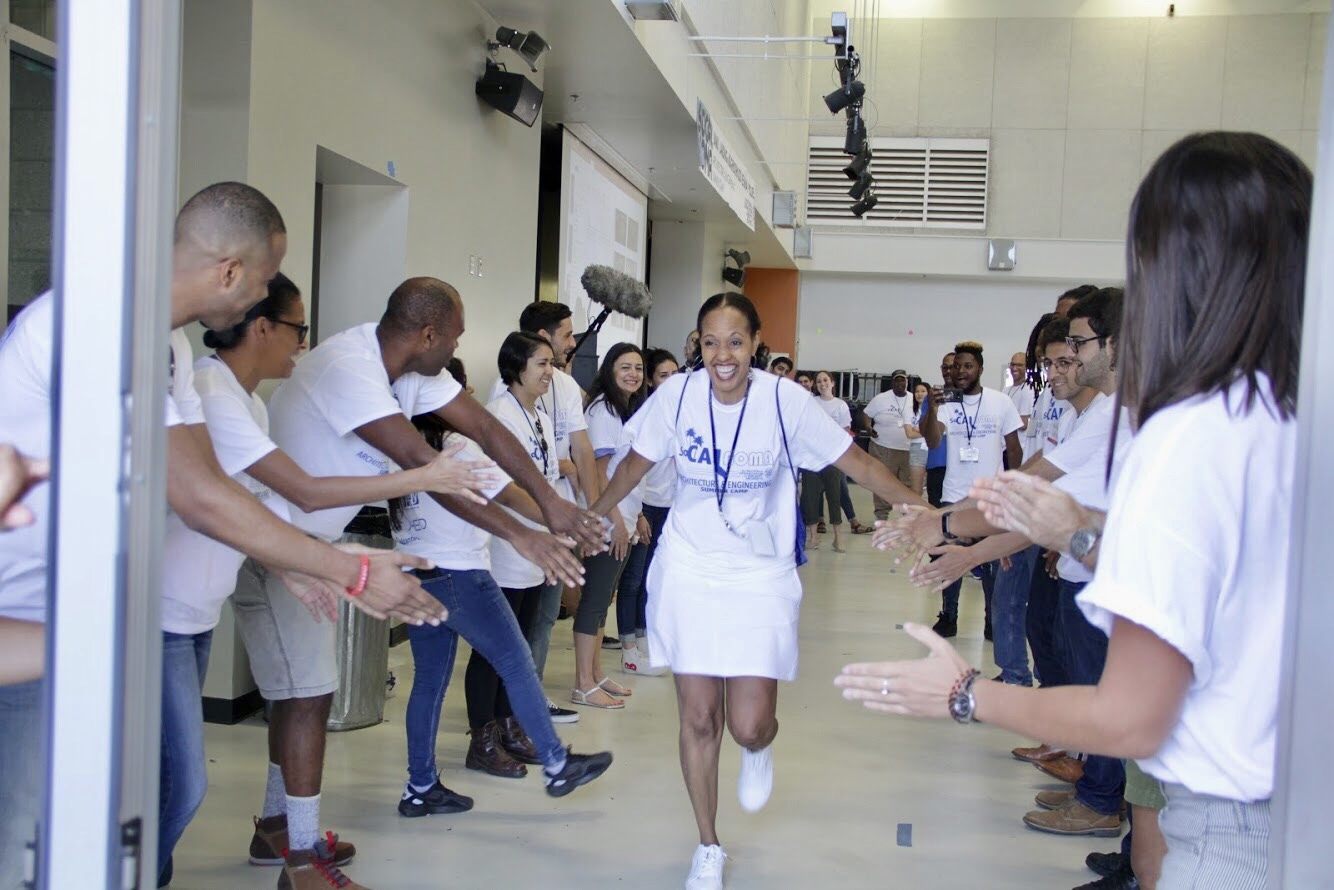
What are some of the real-world consequences of having such a homogenous talent pool?
I have been, for most of my 25-year career, the lone minority. It’s not because there aren’t talented people of color, but that they haven’t been on the radar. It has a lot to do with having relationships with the people we work with, and in this good-ol’-boys network, it’s very hard to get into that group without a concerted effort towards diversity. Part of what firms should be doing is reaching out to be more diverse. I don’t think that firms realize the benefits of having different perspectives, to create a more holistic environment, not just for the office, but for our clients, for projects, and for humanity in general.
There is a tremendous amount of renewal going in Los Angeles that crisscrosses and disrupts many diverse neighborhoods. We have several projects that we’re involved in with Metro, including the Crenshaw Line and the Crenshaw Art Project. They’re going up along the Crenshaw Boulevard corridor, and what we’re doing is making sure that the artwork is reflective of the community and its culture. We need to have developers and clients know that they have these options.
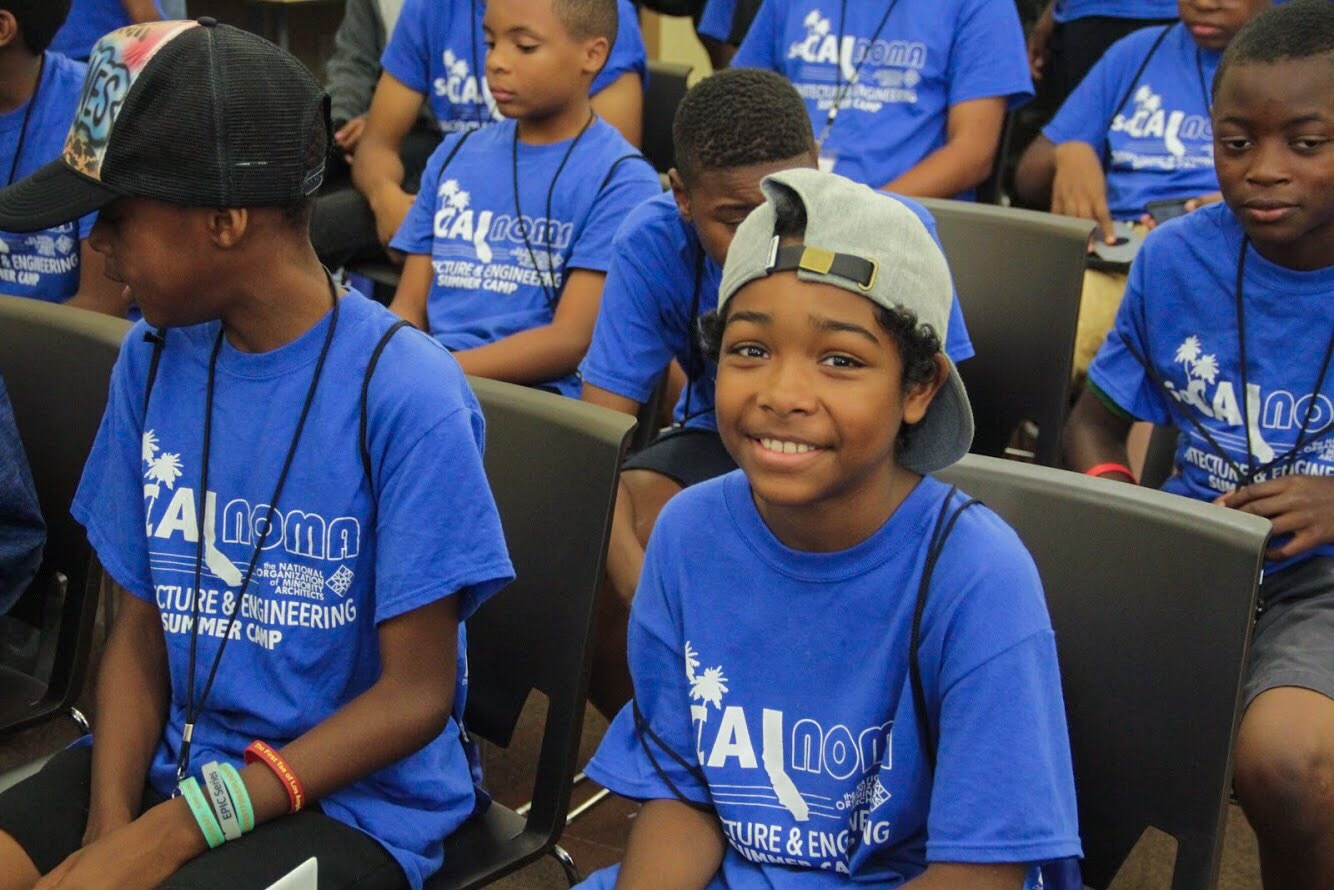
Over the years, have you seen results from the summer camp program? What are ways you’ve been able to measure progress?
We had our first graduate from architecture school this year, a girl who came to our first camp nine years ago. We have several students in college now, and at least 10 who are going into architecture school when they graduate from high school. Not every student who comes through our program wants to be an architect. That’s not our job. What we do want is to take the interested students and mentor them along the way.
What we’ve been able to ascertain is that we’ve exposed the idea of architecture to a ton of kids. Now students are helping their parents select homes or make interior design changes. They realize that the architect plays a hand in everybody’s lives — you don’t have a door, a window, or lights if someone hasn’t put it in place for you. When you give architecture to them from that perspective, it becomes a bigger part of their lives.